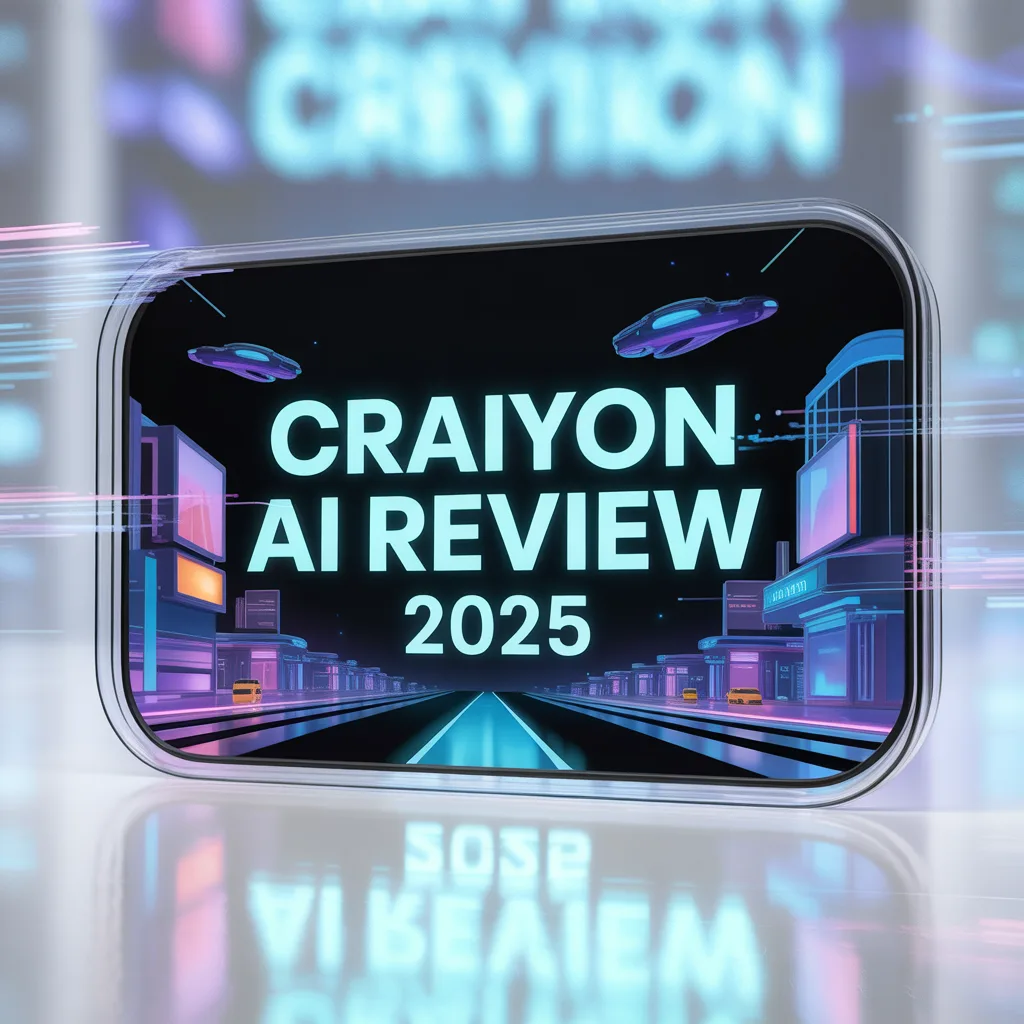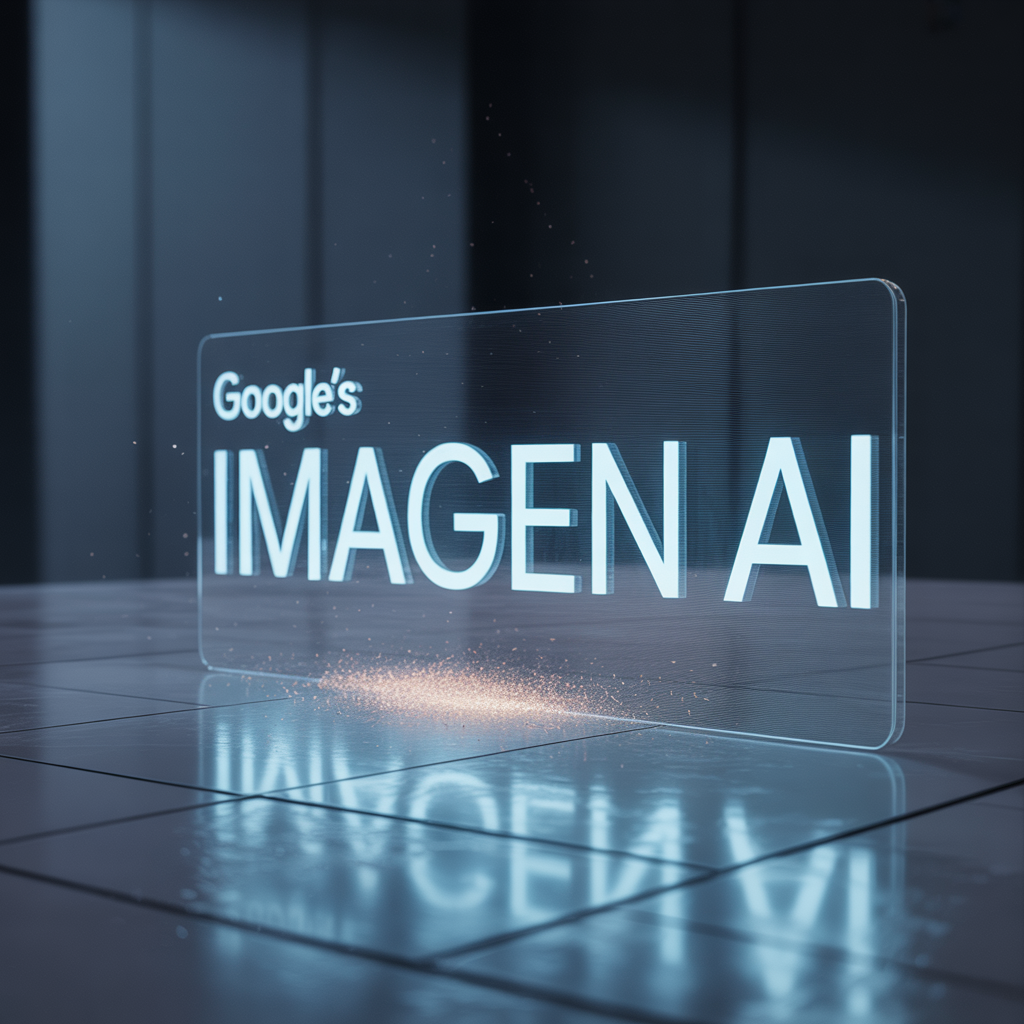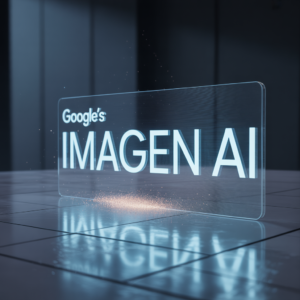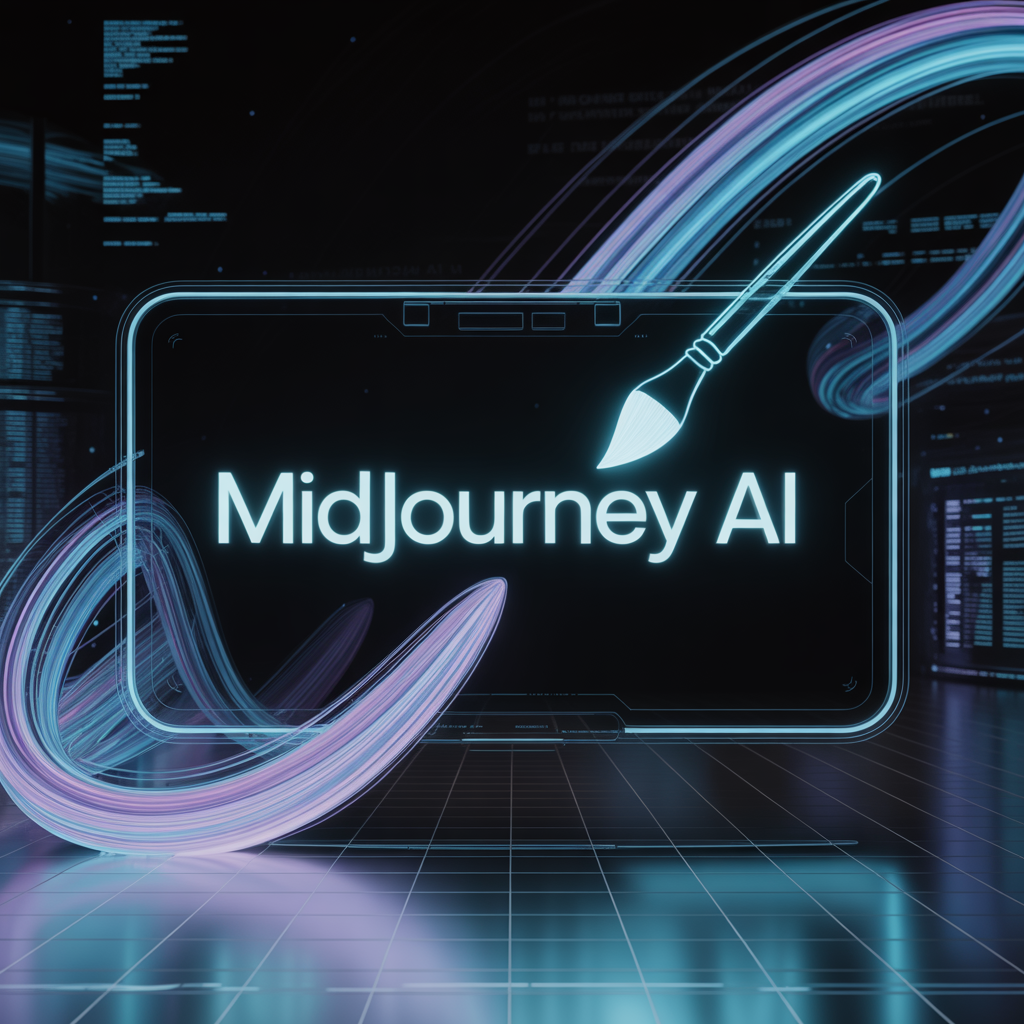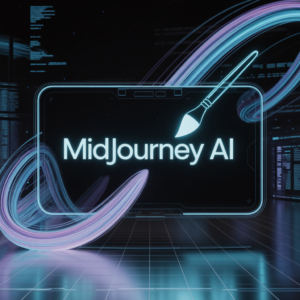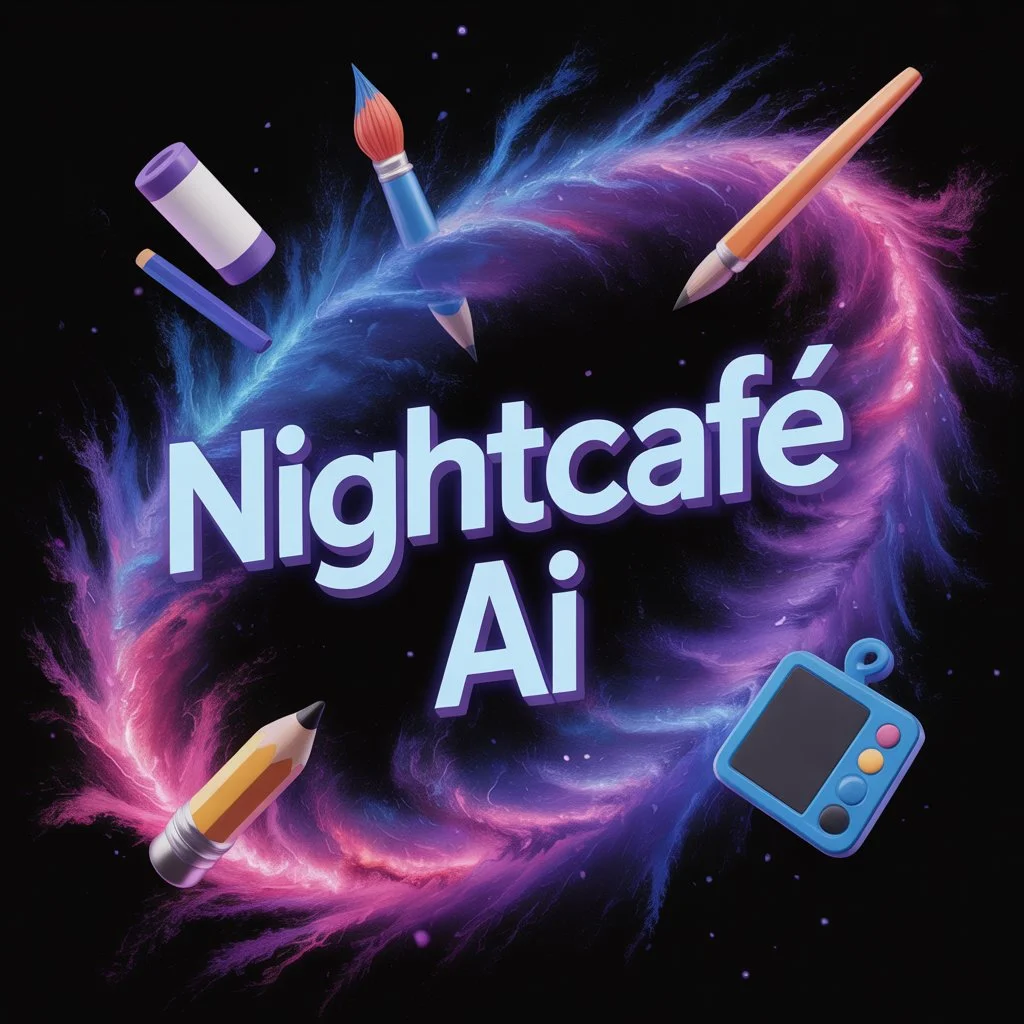By Gudstory Org AI News (May 24, 2025)
Google’s Imagen AI is redefining the landscape of digital creativity by pushing the boundaries of what’s possible with artificial intelligence. This advanced system introduces a new era for transforming written text into vivid and realistic images, revolutionizing content creation across industries both in the U.S. and globally.
What Is Imagen AI?
Imagen AI is a state-of-the-art text-to-image generator developed by Google. Unlike earlier tools, it uses advanced machine learning and diffusion techniques to convert complex written prompts into lifelike images and artistic renderings. By deeply understanding descriptive language, the model can create everything from photo-realistic visuals to imaginative illustrations with impressive fidelity and nuance.
At its core, Imagen AI blends powerful language models with diffusion-based image synthesis, allowing it to interpret detailed prompts and generate visuals that often surpass expectations. This innovation positions Google as a formidable competitor in the AI art generation space, rivaling platforms such as OpenAI’s DALL·E and Midjourney.
The Technology Behind Imagen AI
Imagen AI utilizes a two-phase system to generate images. The first stage involves analyzing and understanding the input text using a large-scale language model that can grasp subtle context, tone, and stylistic cues. This step ensures the image aligns with the user’s intent.
In the second stage, a cascaded diffusion model gradually refines an image from basic noise into a high-resolution, detailed output. This layered process enables the creation of visually rich and coherent images, maintaining both quality and computational efficiency.
Standout Features
What makes Imagen AI remarkable is its depth of understanding and creative flexibility. It can interpret prompts that include mood, lighting, spatial arrangement, and specific artistic styles. Whether the request is for a moody noir scene or a whimsical watercolor landscape, Imagen can produce results that reflect the essence of that vision.
The model also excels in generating consistent visuals across multiple images—ideal for storytelling, branding, or sequential design work. This consistency adds enormous value for industries that rely on visual coherence, such as advertising, product design, and media production.
Industry Impact
Imagen AI is rapidly becoming an essential tool in creative industries. Designers, marketers, illustrators, and content producers are increasingly leveraging AI-generated imagery to boost productivity and spark new ideas.
In marketing, it enables fast and cost-effective development of visual campaigns, helping brands test and refine concepts without expensive photo shoots or custom artwork. For small businesses, this levels the playing field, offering access to high-quality visuals that were previously out of reach.
The entertainment sector is also adopting Imagen AI for pre-visualization, storyboarding, and character design. Game developers and filmmakers use the technology to prototype environments and design elements more efficiently, speeding up the creative process while maintaining artistic integrity.
Competitive Edge in a Crowded Market
The text-to-image space has become highly competitive, with notable players including OpenAI’s DALL·E, Midjourney, and Stable Diffusion. However, Google’s Imagen AI stands out due to its seamless integration with Google’s broader ecosystem, powerful infrastructure, and the technical backing of Google DeepMind.
While Midjourney is favored for its stylistic flair and DALL·E for its photorealism, Imagen is distinguished by its ability to understand intricate text prompts and generate images with logical structure and artistic coherence.
Responsible AI and Ethical Concerns
With great power comes responsibility. Imagen AI brings to light important ethical questions around originality, copyright, and the role of human artists. Google has introduced several safeguards to ensure the responsible use of the technology, such as content moderation systems and attribution frameworks.
Efforts are also being made to reduce bias in outputs by training the model on diverse datasets and regularly reviewing generated content for fairness and inclusivity.
Future Prospects
As AI continues to reshape creative workflows, technologies like Imagen are expected to become standard tools for businesses and creators alike. Future updates may offer faster rendering times, higher resolutions, and more control over the creative process, expanding the possibilities for real-time collaboration and interactive design.
The growing integration of Imagen AI with platforms like Google Ads and Google Workspace suggests a future where visual content generation becomes an integral part of everyday digital tasks.
Final Thoughts
Imagen AI is more than a technical achievement—it represents a significant leap forward in human-AI collaboration. As this technology evolves, it will continue to redefine the boundaries of creativity, providing artists, marketers, and innovators with tools to bring their visions to life like never before.
By investing in both innovation and responsible AI use, Google has introduced a tool with the potential to change how we think about art, design, and storytelling in the digital age.

